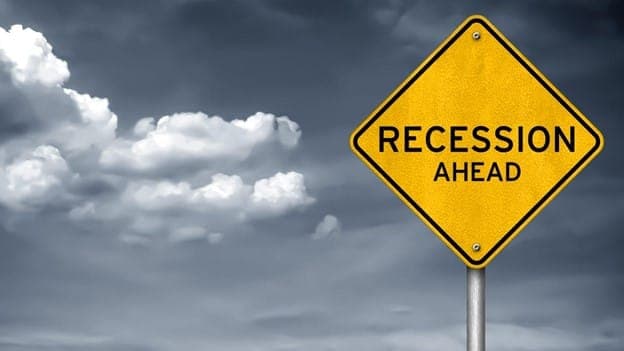
Strategies for Surviving a Recession
Based on today's economic environment, I felt it a great time to review some ways companies can weather the effects of a recession and ensure their business is poised for accelerated growth once the recession ends. Recessions are often challenging to endure, but with a well-thought-out and executed strategy, positioning for post-recession growth can lessen the short-term effects of a downturn and allow your company to emerge poised for added growth.
Below are proven strategies to employ during a recession and return stronger than ever.
Balance Cost Savings and Investment Spending
An unprecedented study conducted by Ranjay Gulati, Nitin Nohria, and Franz Wohlgezogen and reported in the March 2010 Harvard Business Review study, examined the best strategies for companies to employ to maximize their chances of surviving a recession, get ahead during a slow growth recovery and position for growth after recovery. In their words, "The results were startling."
The strategies that post-recession winners employ may surprise you. The HBR study grouped company recession strategies into four distinct categories:
- Prevention-focused companies: make primarily defensive moves and are more concerned than their rivals with avoiding losses and minimizing downside risks.
- Promotion-focused companies: invest more in offensive moves that provide upside benefits than their peers do.
- Pragmatic companies: combine defensive and offensive moves.
- Progressive companies: deploy the optimal combination of defense and offense.
Based on the findings, Progressive companies surgically reduce costs by focusing more on operational efficiency than their competitors. They simultaneously invest in the future by spending on marketing, R&D, and new assets. These companies have the highest probability (37%) of experiencing higher post-recession growth vs. others.
After a recession, Progressive companies significantly outperform companies employing the other three strategic approaches. By comparison, they beat Pragmatic companies by almost four percentage points in sales and more than three percentage points in EBITDA. Progressive companies also do about twice as well as companies in general.
Post-recession Leaders in Sales and Profits Growth

Although judicious increases in spending on R&D and marketing produce minimal benefits during the recession, the investment can substantially add to sales growth and profits afterward. In addition, the operational efficiency gains pay added benefits during the post-recession transition. The study also found that Progressive companies stay closely connected to customer needs, which provides a powerful filter through which to make investment decisions.
Focus on Existing Customers
Traditionally, the success rate of selling to existing customers is 60-70%, while adding to new ones is 5-20%. Overlay the recession cloud, and the importance of your current customer base during and post-recession magnifies. Loyal customers are your primary source of cash flow and organic growth, and gaining a new customer cost five times more than retaining and growing an existing customer.
It is wise to continue monitoring the customer's voice during the turmoil of a recession. Responding to the changing needs of your customers during a downturn is critical, and often a differentiator remembered long after the recession passes. Understanding your customers' needs and pain points and assisting them by providing helpful solutions during challenging times enhances loyalty during the downturn. I often refer to this as earning the "right to grow" with your current customers.
Explore New/Adjacent Markets that are More Recession Proof
Identifying potential new and adjacent markets is also something companies should consider to lessen the adverse effects of a recession and possibly deliver growth coming out of the recession. Over the last six months, clients have approached PMG to ask us to assess multiple markets and develop a list of industries and segments that may have a high level of resistance to a recession. These industries can then be ranked based on the potential fit for current or adjacent products and services. This exercise may yield short-term and long-term growth opportunities, as some suppliers may not survive the recession and can be acquired (often undervalued) or replaced.
Some industries commonly experiencing downturns during a recession are often tied to rising interest rates, which would include: new and used automobiles, appliances, building and construction materials, etc. On the other hand, industries commonly resistant to recessions include healthcare, personal care, food and beverage (excluding restaurants), etc.
Recessions create challenges for most businesses, but across-the-board cost-cutting during these difficult times is not the best response. Instead, companies should balance their strategic response through judicious cost cutting (improving efficiencies, streamlining processes, etc.), focused marketing and R&D investment, and researching and exploring new and adjacent markets.

